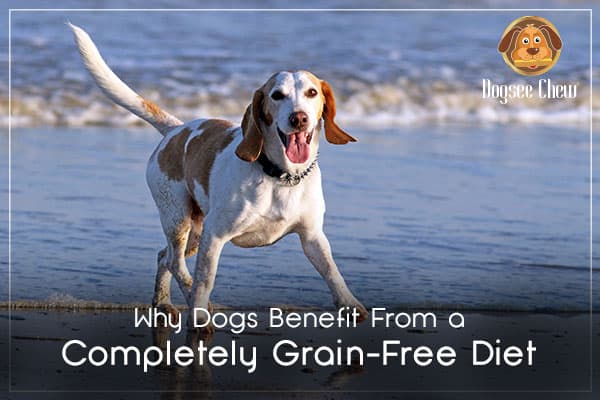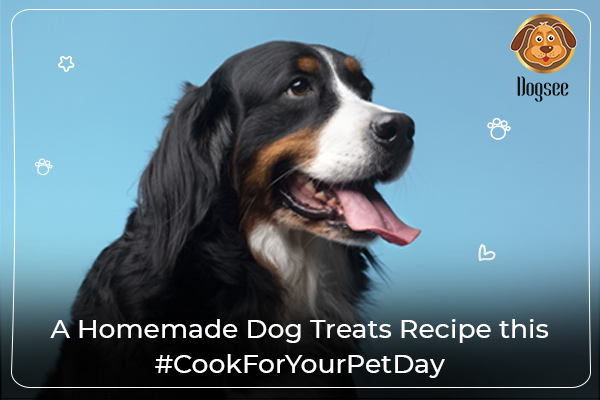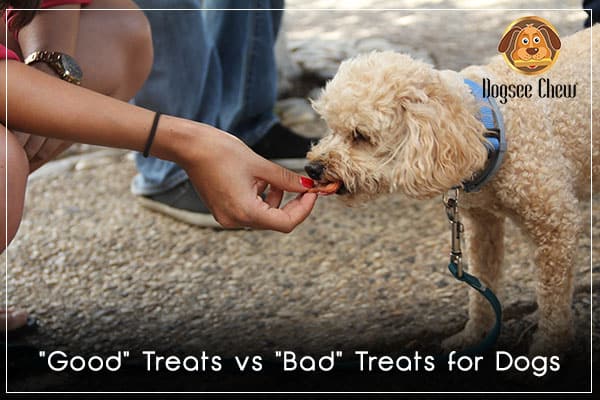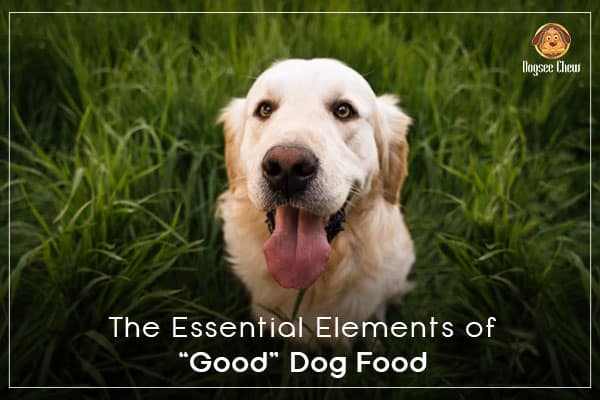Choosing the right diet for your dog is a tricky thing in itself. Add to that, current concepts such as grain-free and it can surely make the entire process more confusing. If you’re a pet parent, then grain-free must be a commonly heard term. With all the buzz around grain-free dog food, it’s definitely something you should consider before planning the right diet for your dog.
There are several benefits to choosing a grain-free dog food for your baby. Every dog has their own individual health needs and requirements. So as a pet parent, you should understand how grain-free plays a role and how to incorporate it into your dog’s diet.
Grains can contain gluten or be devoid of it. Gluten is basically plant-based proteins found in grains. Some grains such as barley, rye and wheat contain gluten while some others like corn, oats and rice are gluten-free.
Grain-free dog food is essentially one which doesn’t contain grains. Some common ingredients used in dog food as a substitute to grains are:
These new ingredients were largely unpalatable by dogs. Their digestive systems were not strong enough to digest the fibres and grains in kibble and were unable to break down these complex carbohydrates and cereals. If left undigested, these carbohydrates have the potential of damaging the lining of the digestive system causing bowel inflammation disorders, food allergies and obesity.
Providing the right diet to your dog is an essential thing for every pet parent. Grain-free is an important aspect of a nutritionally balanced food. Depending on your dog’s health, switching to grain-free alternatives such as 100% natural grain-free dog treats is a good option.
There are several benefits to choosing a grain-free dog food for your baby. Every dog has their own individual health needs and requirements. So as a pet parent, you should understand how grain-free plays a role and how to incorporate it into your dog’s diet.
What is Grain-Free Dog Food
Grains are the seeds from cereal crops. These fall under the category of complex carbohydrates and contain starch and fibres. While digestion, these starch provide energy to the body by disintegrating into simple sugars such as glucose.Grains can contain gluten or be devoid of it. Gluten is basically plant-based proteins found in grains. Some grains such as barley, rye and wheat contain gluten while some others like corn, oats and rice are gluten-free.
Grain-free dog food is essentially one which doesn’t contain grains. Some common ingredients used in dog food as a substitute to grains are:
- Green Peas
- Sweet Potatoes
- Chickpeas
- Carrots
- Meat products like beef, chicken, lamb, turkey
- White Potatoes
- Fish
Grain-Free Doesn’t Necessarily Mean Gluten-Free
Gluten is a part of a few particular grains, not all. They may not be present in all grains. Thus grain-free dog food will always be gluten-free but not the other way round.Grain-Free Doesn’t Mean Lack of Carbs
Sometimes, it’s often misunderstood that grain-free dog food will also chuck away the carbohydrates for dogs. Although grain-free dog food doesn’t depend on grains for carbohydrates, it contains other ingredients such as tapioca or sweet potato as sources of carbohydrates. So instead of the absence of carbohydrates, the source is just substituted in case of grain-free food.Origin of Grain-Free Food
Before the advent of packaged dog food, dogs mostly resorted to raw, high protein food. Being carnivores, this was their natural or ancestral diet. The mass production of dog food such as kibbles, however, ushered in a sea of change in what dogs consumed as food. These kibbles mostly contained cheap fillers like corn, wheat and barley that helped in slashing the cost of production and manufacturing bulk food.These new ingredients were largely unpalatable by dogs. Their digestive systems were not strong enough to digest the fibres and grains in kibble and were unable to break down these complex carbohydrates and cereals. If left undigested, these carbohydrates have the potential of damaging the lining of the digestive system causing bowel inflammation disorders, food allergies and obesity.

Benefits of a Grain-Free Diet
Vets always recommend a diet for dogs that contain a minimum of carbohydrates and grains. The benefits a grain-free diet provides are:- Helps dogs remain full for longer, in turn, reducing the need to eat frequently.
- Reducing the chances of canine allergies
- Results in fewer and smaller stools
- Provides higher levels of energy
- Results in a healthier skin
- Reduces the amount of shedding
- Reduces chances of obesity
- Results in a shinier coat
- Reduces bad breath
- Improves the digestion process
Should You Feed Your Dogs A Grain-Free Diet?
Some dogs are more in need of switching to a grain-free diet than others. A grain-free diet or a homemade grain-free dog treat recipe is ideal for a dog who’s allergic to a certain grain. Some of the common allergens are corn and gluten, so any dog who shows symptoms of an allergy after consuming food containing these ingredients, then they should opt for a grain-free diet.Common Symptoms of Food Allergies in Dogs
Before choosing a particular diet, there are certain facts about dog food allergies you should know as a dog parent. Studies have revealed that around 10% of all allergies in dogs are a result of food allergies. The common symptoms of food allergies in dogs are:- Itchiness
- Shedding Fur
- Bald Patches
- Inflamed Skin
- Sores and scabs
- “Hot Spots”
- Weight Loss
- Diarrhoea
Common Dog Breeds With Food Allergies
Some of the common dog breeds prone to being affected with food allergies are:- Dalmatian
- Lhasa Apso
- Daschund
- Springer Spaniel
- Irish/English Setter
- Golden Retriever
- German Shepherd
- Shar Pei
- Bichon Frise
- West Highland White, Cairn Terriers and Soft-Coated Wheaton
- Collie
- Boxer
Tips on Switching To A Grain-Free Diet For Your Dog
Changes to your dog’s diet should always be done after consultation with your vet. The first step is to take a look at the ingredients before buying dog food or researching the brand you’re planning to buy. So choose a product that lists proteins as their primary ingredient rather than ingredients like corn or wheat. Knowing the ingredients will help you to discern the good dog treats from the bad dog treats. 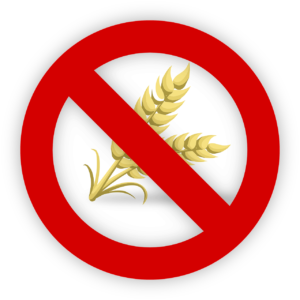
Providing the right diet to your dog is an essential thing for every pet parent. Grain-free is an important aspect of a nutritionally balanced food. Depending on your dog’s health, switching to grain-free alternatives such as 100% natural grain-free dog treats is a good option.
